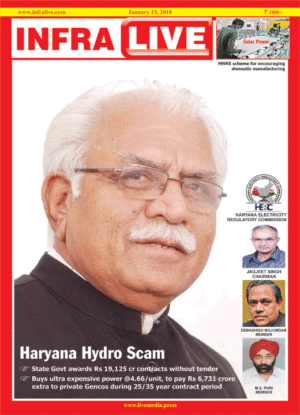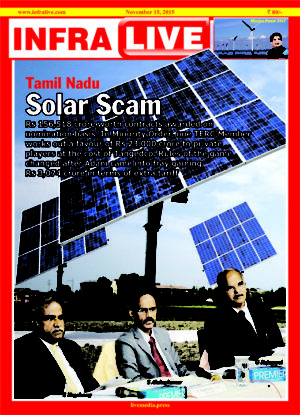At COP26 held in Glasgow (October 31-November 13, 2021), where Heads of Government of different countries gathered to make their commitments and express their concerns on climate change, Prime Minister Modi enumerated five major climate actions of India.
These are: By 2030 India will reach its non-fossil energy capacity to 500 GW. It will meet 50 per cent of its energy requirements from renewable energy. India will reduce the total projected carbon emissions by one billion tonnes and reduce the carbon intensity of its economy by less than 45 per cent. For Net Zero, he declared that the target will be achieved by 2070.
On promised financial contributions by the developed world, Mr Modi had some tough words. Speaking on behalf of the developing nations, Mr Modi reminded the developed nations of its $1 trillion contribution commitment to the developing nations for climate adaption and mitigation and demanded accountability. He asked for making tracking commitments for climate finance at par with tracking climate mitigation progress.
Mobilisation of $1 trillion of climate finance to meet climate change mandate by developing nations was first taken up in 2009, at the COP15 held in Copenhagen. The goal was set to mobilise $100 billion per year till 2020. The finance would come from a wide variety of sources, public and private, bilateral and multilateral, including alternative sources of finance. The climate finance goal was formally recognized at COP16 in Cancun. At COP21 in Paris, Parties extended the $100 billion goal through 2025. Significant pledges were made by developed nations and multilateral development banks. The Paris Agreement, 2016 signed by 192 countries, (EU was the signatory for European countries) was a collective commitment for climate change. These were the important milestones for Climate Finance.
But what has been the performance on fund mobilisation! This edition’s cover story tracks this vital parameter through an analysis of OECD reports. The mobilisation rates fall way short of the target even though there has been an upward trend in recent times. OECD also reported challenges with regard to data tracking as information on future finance levels is difficult to obtain since this involves a variety of complex economic factors and unknowns.
COP26 decided to accelerate climate financing, this will be keenly watched. It certainly is an important factor for improving climate mitigation gap to keep the average temperature rise by 1.5 degrees centigrade above pre-industrial levels, another COP26 target.




